When Filipinos speak of Jose Rizal, we often see the solitary genius: the novelist, doctor, polemicist, and, ultimately, martyr. But Rizal did not stand alone. He grew up in a house crowded with sisters (nine of them) whose care, counsel, and courage shaped both the man and the memory we keep of him.
What follows is a portrait of those sisters — Saturnina, Narcisa, Olimpia, Lucia, María, Concepción, Josefa, Trinidad, and Soledad — and the many ways they influenced Rizal’s life, work, and legacy.
A quick map of the Mercado-Rizal daughters
The Mercado-Rizal family had eleven children: nine daughters, Jose, and his older brother Paciano. The sisters — listed here roughly from eldest to youngest— were Saturnina (Neneng), Narcisa (Sisa), Olimpia (Ypia), Lucia, María (Biang), Concepción (Concha), Josefa (Panggoy), Trinidad (Trining), and Soledad (Choleng).
Saturnina “Neneng” Rizal-Hidalgo (1850–1913): Second mother, practical patron
As the eldest, Saturnina helped run the household and, crucially, underwrote parts of Jose’s education and endeavors. The National Museum notes that Saturnina “stood as the hero’s second mother,” and preserves the youthful oil portrait her brother painted of her—evidence of their closeness and her role in his formation.
Her support did not stop with sentiment. In 1909 she published the first Tagalog translation of Noli Me Tángere, rendered by Pascual H. Poblete — thereby placing Jose’s ideas in the hands of non-Spanish-speaking Filipinos. The 1909 edition itself names “Saturnina Rizal ni Hidalgo (ó Neneng Rizal)” in its preliminaries.
Even Rizal’s exile-era development work drew on her network: in Dapitan he asked her husband, Manuel T. Hidalgo, to send a pukutan (ring-net) and fishermen to improve the town’s fishery—showing how Neneng’s household ties fed into his reformist, community-building projects.
Influence: Maternal guidance; financial and logistical support; democratizing Rizal’s ideas through the 1909 Noli — all of which broadened his reach and grounded his vision in practical family help.
Narcisa “Sisa” Rizal-Lopez (1852–1939): The custodian of memory
After Rizal’s execution on December 30, 1896, authorities buried him secretly in Paco Cemetery. It was Narcisa who found the unmarked grave within two days and marked it with the reversed initials “R.P.J.”—a quiet, cunning act to ensure the family could identify the spot later. In 1898, the family exhumed his remains.
Influence: Without Narcisa’s tenacity, the physical recovery — and later public commemoration — of Rizal would have been far more uncertain. She transformed grief into historical stewardship.
Olimpia “Ypia” Rizal-Ubaldo (1855–1887): Gatekeeper of a first love, teller of family news
Olimpia studied at La Concordia College, where her schoolmate Segunda Katigbak became Jose’s first great crush. Jose’s visits to “see Ypia” doubled as furtive meetings with Segunda—a tender episode that colored his early adulthood.
Later, Olimpia married Silvestre Ubaldo, a telegraph operator; their correspondence kept Jose abreast of family life. She died young, in 1887.
Influence: Through her school ties at La Concordia, Olimpia unwittingly orchestrated the encounter that introduced Jose to romance and to the emotional stakes that animate much of his youthful writing.
Lucia Rizal-Herbosa (1857–1919): When private grief became public protest
Lucia’s husband, Mariano Herbosa, died in a cholera outbreak in May 1889. Friars denied him Christian burial, reportedly because of his relation to Rizal, an affront Jose answered in La Solidaridad with the essay “Una profanación” (A Profanation), published July 31, 1889. Private family injustice thus sparked public polemic.
The family’s nationalist thread continued through Lucia’s daughter, Delfina Herbosa de Natividad, who helped Marcela Agoncillo sew the first Philippine flag in Hong Kong in 1898.
Influence: Lucia’s bereavement sharpened Jose’s critique of clerical abuse; her daughter’s handiwork stitched the family into the fabric of the Revolution (literally).
María “Biang” Rizal-Cruz (1859–1945): Confidant, correspondent, and keeper of ordinary life
María married Daniel Faustino Cruz of Biñan. More than her biography, her letters reveal her influence: Jose wrote to her from Madrid (1882) with sisterly advice and from Hong Kong (1891) about family matters; later writers have quoted his counsel and teasing in these exchanges. Inquirer columnist-historian Ambeth Ocampo has cited and discussed such letters, including a Hong Kong missive of Dec. 28, 1891, and instructions to preserve parts of his correspondence.
A curated “Rizal letters” site also notes a February 17, 1882 letter to “Maria Rizal (Sister): Advice on Education,” a window on Jose’s hopes for his sisters’ intellectual growth.
Influence: María kept Jose anchored in domestic reality. Their correspondence gave him a trusted sounding board—and, in return, he pressed her (and the other sisters) toward study and civic-mindedness.
Concepción “Concha” Rizal (1862–1865): The first sorrow
Concha died at age three. In later recollection, Jose called her passing his “first sorrow,” an early confrontation with love and loss that surfaces in his youthful essays and poems.
Influence: A child’s death carved empathy and depth into the boy who would later write Noli and Fili. Concha’s brief life left a long emotional shadow.
Josefa “Panggoy” Rizal (1865–1945): The rebel sister
Despite ill health (sources often mention epilepsy), Josefa joined the women’s chapter of the Katipunan and is widely remembered as its president—a role also noted by the National Historical Commission of the Philippines (NHCP) and echoed in government and news accounts.
Influence: Josefa’s open engagement with the revolutionary underground both honored and radicalized her brother’s ideals, showing how the Rizal women moved from household support to overt political action.
Trinidad “Trining” Rizal (1868–1951): Keeper of the last poem, builder of women’s civic life
On the afternoon before the execution, Jose met his mother and sisters in Fort Santiago. He whispered to Trinidad in English: “There is something inside” the small alcohol stove; a guard later handed the stove to Narcisa. At home, the sisters recovered the untitled, unsigned poem now known as “Mi Último Adiós.” Both NHCP and Intramuros sources preserve parts of this family tradition.
After 1896 Trinidad remained active in public life: she is credited as a co-founder of the Asociación Feminista Filipina (and connected to early maternal-child health work at Gota de Leche), and she appears in NHCP discussions of the Katipunan’s women members.
Influence: As the poem’s first custodian and a pioneer of women’s organizations, Trinidad bridged Jose’s last words to the nation and the next generation’s civic work.
Soledad “Choleng” Rizal-Quintero (1870–1929): The youngest, a teacher’s steadiness
Soledad, the youngest, became a teacher and married Pantaleon Quintero of Calamba. Genealogical records and family histories consistently note her profession and marriage, even as her public footprint remained quieter than her sisters’.
Influence: In a family that prized learning, Soledad embodied the everyday vocation of teaching — spreading, at classroom scale, the same faith in education that animated her brother’s reformism.
Beyond biography: How nine sisters made one national hero
They educated and equipped him. Saturnina’s material help and the sisters’ steady prodding to “study, read, and think” gave Jose the tools to become a scholar-reformer. In his letters he pressed that same ideal back upon them.
They widened his world. Olimpia’s La Concordia circle ushered in his first love; María’s letters kept him grounded; Lucia’s family tragedy drew him into public controversy; Trinidad and Josefa moved from sympathy to activism as Katipuneras.
They preserved his legacy. Narcisa located and later reclaimed his remains; Trinidad safeguarded the “Mi Último Adiós”; Saturnina disseminated his ideas through the 1909 Tagalog Noli—ensuring Rizal’s voice would speak across languages and time.
And through the next generation, they stitched themselves into the nation’s symbols. Lucia’s daughter Delfina helped sew the first Philippine flag with Marcela and Lorenza Agoncillo in 1898—an indelible emblem of how the Rizal women’s story entwines with the Republic’s birth.
Closing
Rizal’s genius flowered in the soil tilled by his sisters’ labor and love. Some nurtured him; some challenged him; some fought alongside the movement he inspired; all helped carry his words and memory forward. To tell the story of Jose Rizal fully is, inevitably, to tell the story of Saturnina, Narcisa, Olimpia, Lucia, María, Concepción, Josefa, Trinidad, and Soledad—nine women whose quiet constancy helped a whole people find its voice.
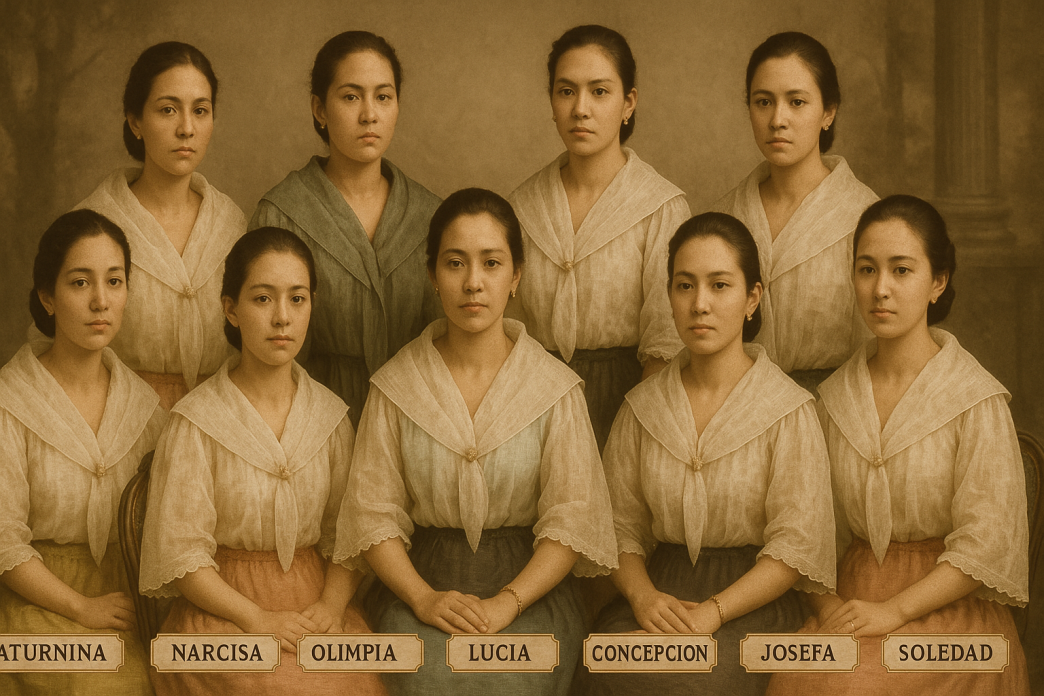
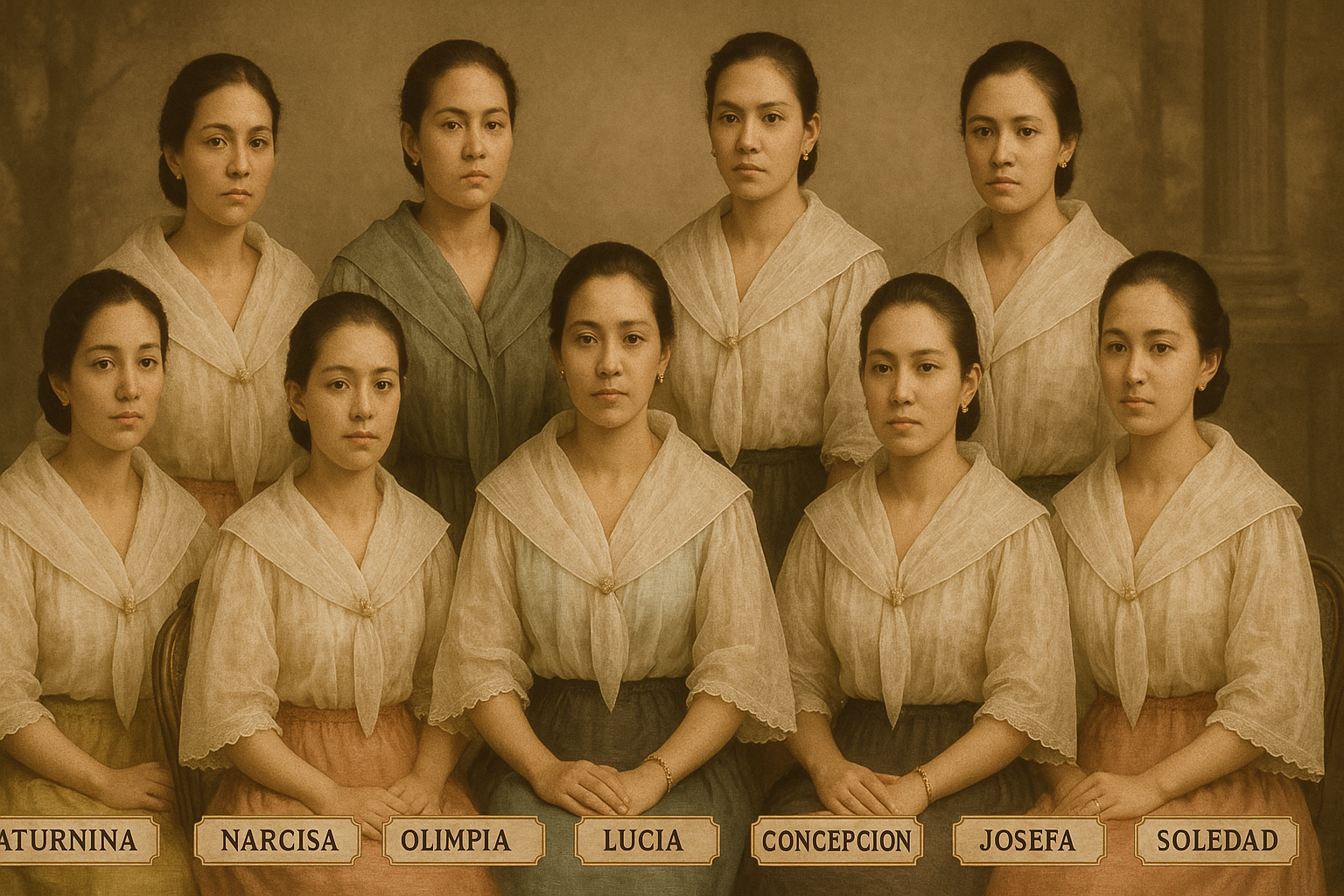

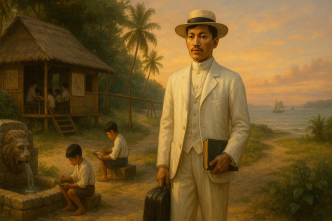
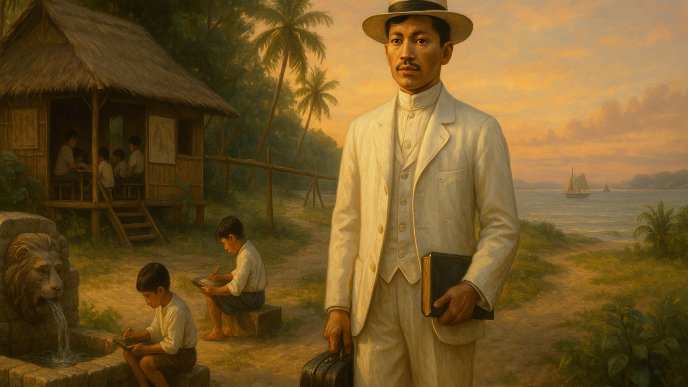
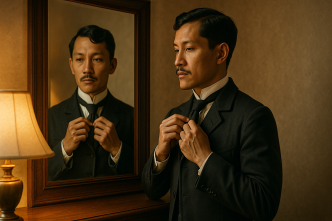
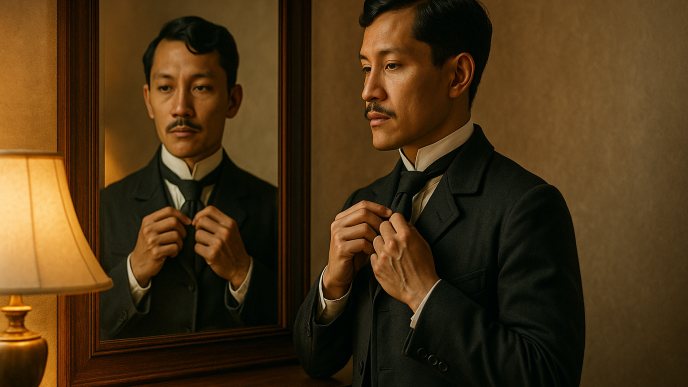
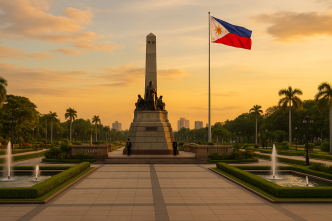
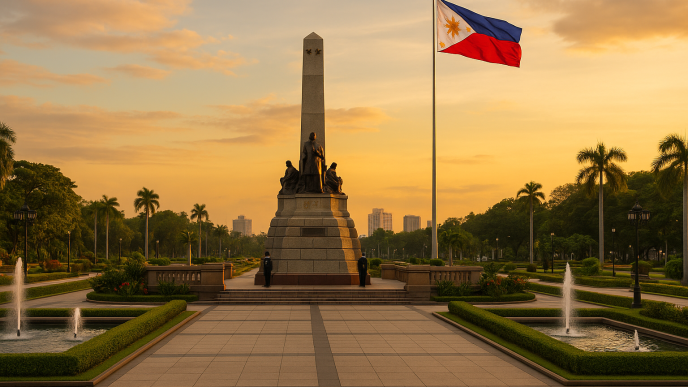
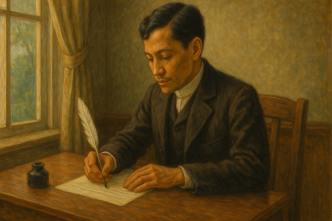
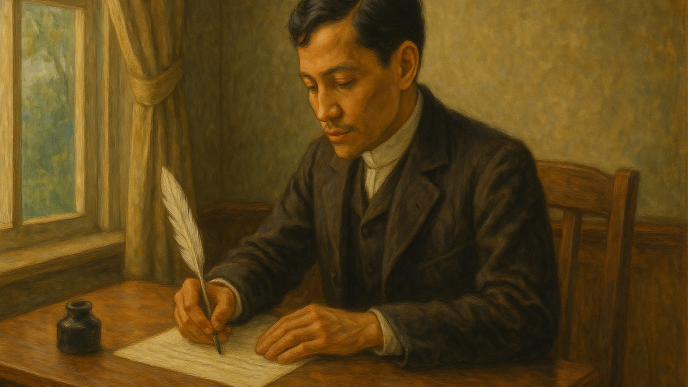
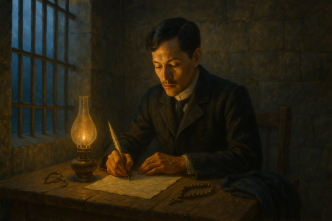
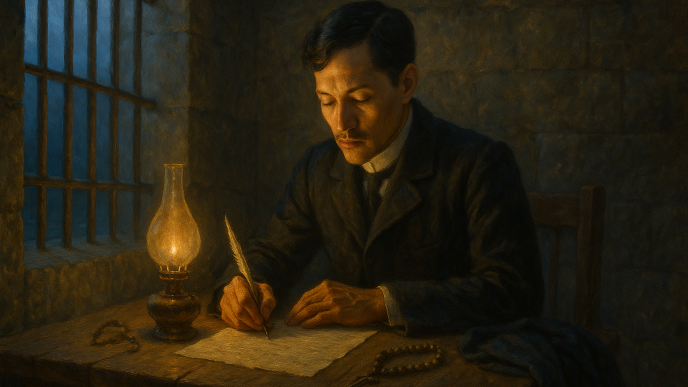
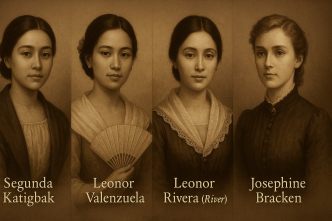
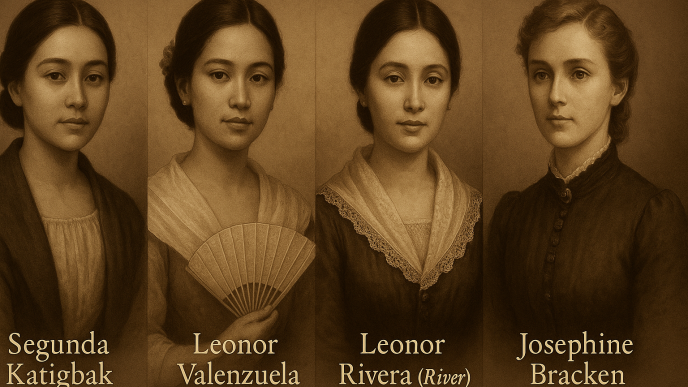
Hi I’ve read a book about Jose Rizal and it was stated that his sister’s called him ute or moy, I would like to know if it’s true since I have never heard that nickname before aside from “Pepe”.